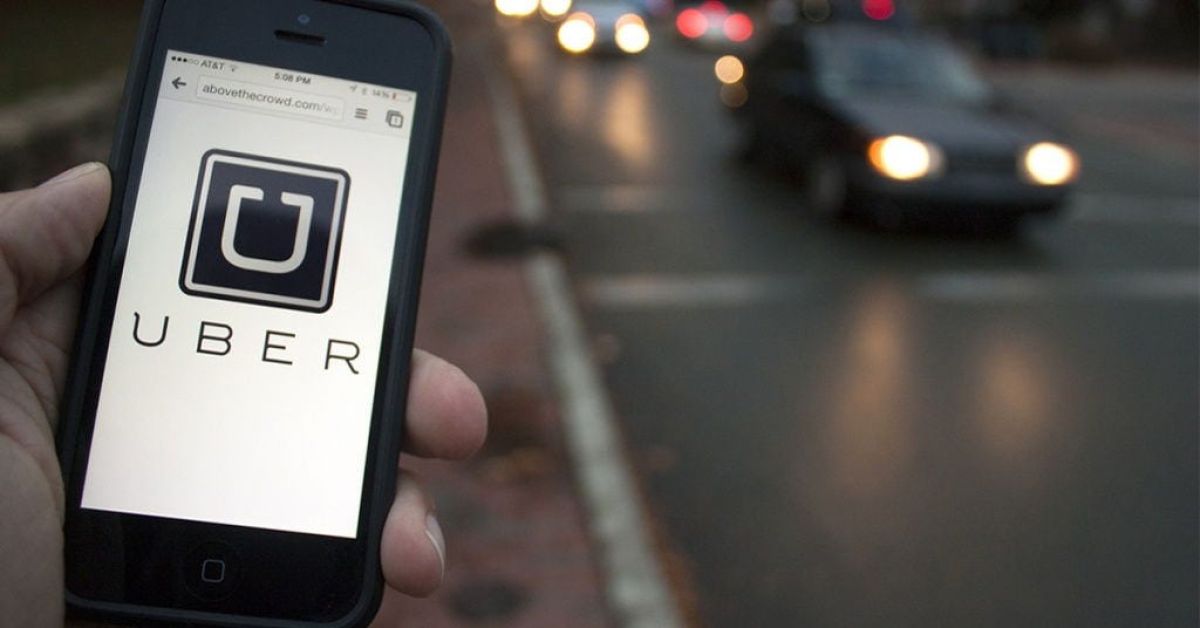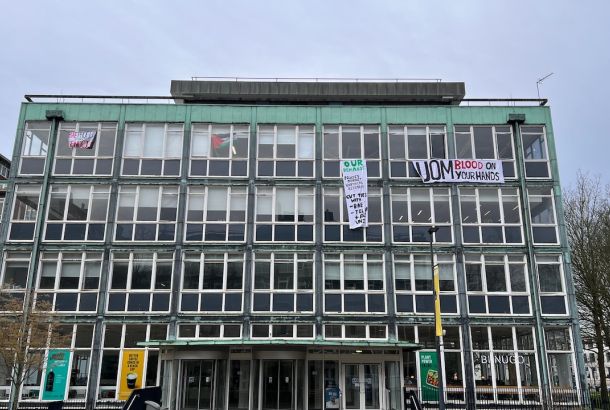Gender pay gap among Uber drivers

In a recent paper by economists from Stanford University’s National Bureau of Economic Research (NBER), University of Chicago and Uber Technologies revealed that male chauffeurs of the ridesharing app earn seven per cent more than female drivers.
Uber is part of the growing labour market dubbed the “gig economy” that offers flexible work hours, transparent compensation, and low barriers of entry. This last factor has led to Uber drivers comprising one per cent of the US workforce, with 27.3 per cent female membership.
The gender pay gap seen in the study is consistent with ones observed in more homogenous, ‘traditional’ jobs like pharmacists, lawyers, and MBAs.
This finding is especially striking considering the fact that Uber fares are determined by a gender-blind computer algorithm.
The algorithm considers factors like time of day and demand for rides in certain areas. Data collected from 1.9 million Uber partners (drivers) in the USA during the period January 2015 to March 2017 found that the pay discrepancy could be attributed to three factors: experience on the platform, preferences of where and when to work, and driving speed.
Nearly one third of the gap is explained by the number of hours spent driving. On average, male drivers spent 18 hours a week driving versus 15 hours for females. Naturally, more hours spent working equates to more money earned. In addition, more time driving helps increase familiarity with the intricacies of the carpooling app. This leads to knowing when and where to drive in order that fare “surges” are maximised, and when to strategically accept or cancel a trip.
Time and experience are important as drivers with more than 2,500 completed trips earn 14 per cent more per hour than drivers who have completed only a hundred. Unfortunately, women tend to leave Uber before such experience is gained, with six month attrition rates at 76.5 per cent, versus 65 per cent in men.
Finally, nearly half of the salary difference is credited to driving speed: faster cars get more trips per hour. On average, according to the study, males drive at 19.5 miles per hour versus 18.8 mph for females. Surprisingly, male drivers’ speed was based merely on preference, as surveyed drivers seemed “insensitive to the incentive of driving faster”.
Interestingly, passengers did not mind who drove them as there was no significant difference between ratings of male and female drivers.







